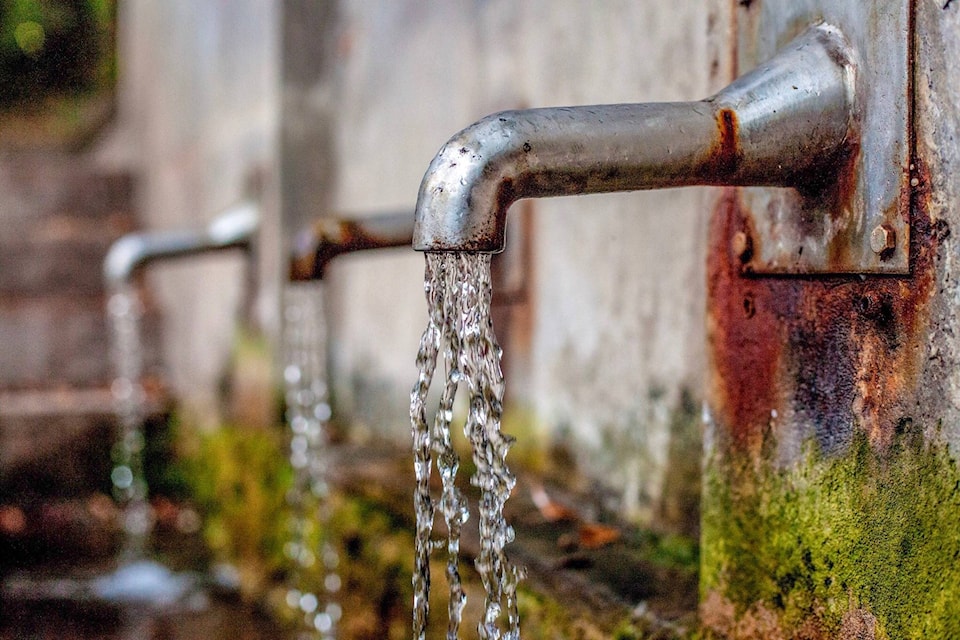South Okanagan residents with private drinking water sources and septic systems in areas affected by flooding should be taking safety precautions.
The Regional District of Okanagan-Similkameen and the Interior Health Authority are reminding residents that flood waters may contaminate private drinking water sources and affect septic systems.
- All surface water sources used for drinking water should be fully treated. Surface water includes spring, stream, creek, pond, river and lake water.
- During emergency events such as flooding, water supplies can be contaminated. Drinking water affected by flood waters should be boiled before use. If you believe flood waters may contain chemical hazards, an alternate source of drinking water should be used.
- If you can flush your toilet, flood water has not yet affected your septic tank and field. If you cannot flush your toilet, your tank and/or septic field is saturated with water, and you should not use your toilet or run any water into the septic system.
- Do not pump septic tanks until surface and groundwater recede or hydraulic pressure may push the septic tank out of the ground.
- Do not use the septic system until water has receded to 90 cm (measured vertically) below ground surface where the septic field is located. This allows the distribution pipes in the septic field to drain properly.
- To determine if your system is operating properly, check the water level in the septic tank.
Water levels in the septic tank can be observed by opening the inspection port above the outlet. If operating properly, the water level will be at the bottom of the outlet pipe.
- If the water level in the septic tank is above the outlet pipe, it indicates the septic field is not accepting effluent and the system should be assessed.
- Use water sparingly when returning to your home, as the disposal field may still be saturated and will have limited capacity to absorb effluent.
Steve Kidd
Senior reporter, Penticton Western News
Email me or message me on Facebook
Follow us on Facebook | Twitter | Instagram
